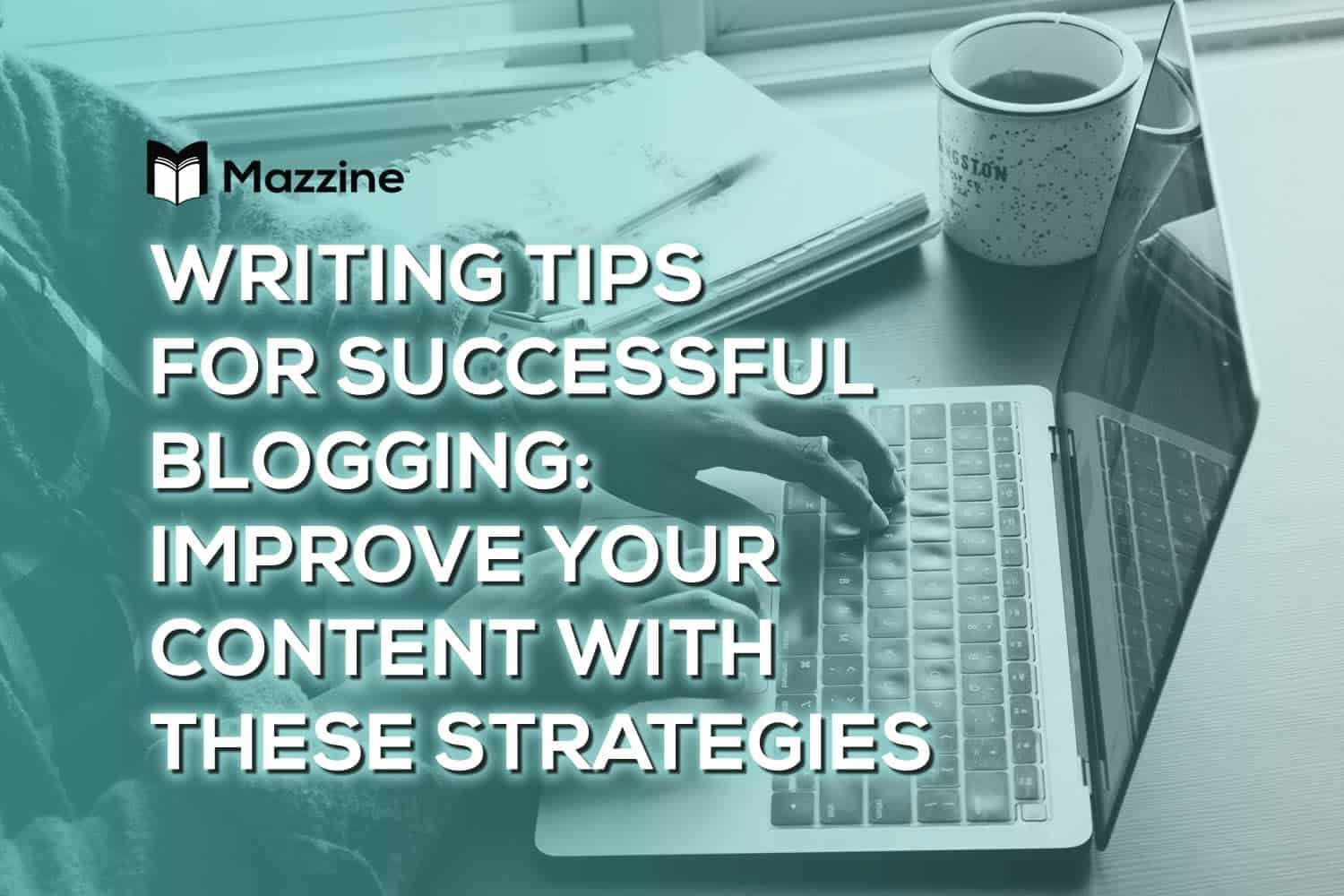As a blogger, your ultimate goal is to create content that engages your audience, builds your brand, and drives traffic to your website. In this article we share some Writing Tips for Successful Blogging: Improve Your Content with These Strategies.
Creating high-quality content that resonates with your readers can be a challenging task.
In this article, we will share some valuable writing tips for successful blogging that can help you write better blog posts, produce content that stands out, improves your blogging skills, and helps you achieve your goals.
Table of Contents
Writing Tips for Successful Blogging: Improve Your Content with These Strategies

Blogging has become an essential tool for businesses and individuals to connect with their audience, share their thoughts, and promote their brand. However, with more than 600 million blogs available online, it can be challenging to make your content stand out.
The key to creating successful blogs is to deliver content that is engaging, informative, and relevant to your audience.
1. Know Your Audience
Knowing your audience is crucial for producing content that resonates with them.
Understanding their demographics, interests, and pain points can help you create content that addresses their needs and engages them.
Research your audience through social media, surveys, and website analytics to get insights into what topics and formats they prefer.
2. Define Your Brand
Defining your brand is critical for creating content that aligns with your brand values and messaging. Develop a brand style guide that outlines your brand voice, tone, and visual identity. This guide will help you create consistent content that reflects your brand personality and messaging.
3. Craft Catchy Headlines
Headlines are the first thing that readers see, and they play a crucial role in attracting their attention. Craft headlines that are catchy, informative, and relevant to your content. Use power words, numbers, and questions to make your headlines stand out.
4. Create Engaging Introductions
Introductions are the second most critical element after headlines. They help to hook your readers and set the tone for your content.
Create introductions that are engaging, informative, and relevant to your audience. Use anecdotes, quotes, or statistics to make your introductions stand out.
5. Use Subheadings
Subheadings help to break up your content into digestible chunks and make it easier to scan. Use subheadings to organize your ideas, highlight key points, and create a logical flow in your content. Use H2 and H3 tags for subheadings to improve your SEO.
6. Organize Your Ideas
Organize your ideas into a logical flow that makes it easy for your readers to follow. Use a structure that aligns with your topic, such as chronological, problem-solution, or comparison. Use transitions to connect your ideas and create a smooth flow.
7. Use Simple Language
Use simple language that is easy to understand for your readers. Avoid using jargon, complex sentences, or technical terms that may confuse your audience. Use active voice and simple sentence structures to make your content easy to read.
8. Use Active Voice
Using active voice helps to make your content more engaging and easier to read. It also helps to highlight the action and make it clear who is doing what. Use active voice to make your content more interesting and impactful.
9. Use Short Paragraphs and Sentences
Use short paragraphs and sentences to make your content more readable and scannable. Long paragraphs and sentences can make your content look intimidating and challenging to read. Keep your paragraphs and sentences short to make your content more accessible.
10. Be Conversational
Write in a conversational tone that connects with your readers and makes them feel like they’re having a conversation with you.
Use personal pronouns like “you” and “we” to engage your audience and create a sense of community. Be authentic and show your personality to create a human connection with your readers.
11. Use Images and Videos
Images and videos can help to break up your content and make it more engaging. Use visuals that are relevant to your topic and enhance your content. Use alt text to optimize your images for SEO and make them accessible to visually impaired readers.
12. Edit and Proofread Your Work
Editing and proofreading are critical to producing high-quality content. Take the time to review your work for spelling and grammar errors, clarity, and readability. Use tools like Grammarly and Hemingway to help you identify and correct errors.
13. Get Feedback and Revise
Getting feedback from your audience and peers can help you improve your content and grow your skills. Share your content on social media and ask for feedback.
Join blogging communities and share your work for constructive criticism. Use feedback to revise and improve your content.
Conclusion

In conclusion, successful blogging strategies requires a combination of creativity, strategy, and skill. By following these blogging writing tips, you can produce content that engages your audience, builds your brand, and drives traffic to your website.
Remember to know your audience, define your brand, craft catchy headlines and introductions, use subheadings, organize your ideas, use simple language, be conversational, use images and videos, edit and proofread your work, and get feedback and revise.
1. What is the most critical element of a blog post?
The most critical element of a blog post is the headline, which helps to attract the reader’s attention.
2. How can I make my content more engaging?
You can make your content more engaging by using a conversational tone, using personal pronouns, and incorporating stories and anecdotes.
3. How long should a blog post be?
There is no set length for a blog post, but aim for a minimum of 500 words to provide sufficient detail and value.
4. How often should I post new content?
The frequency of new content depends on your audience and goals, but aim to post at least once a week to keep your readers engaged
5. How can I optimize my content for SEO?
You can optimize your content for SEO by using keywords, including meta descriptions and title tags, and using H2 and H3 tags for subheadings.


